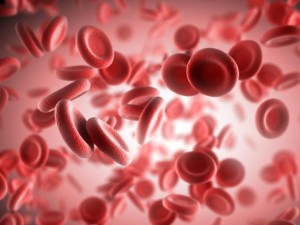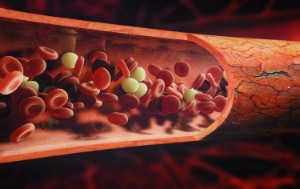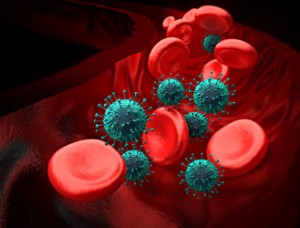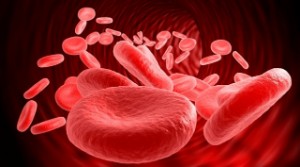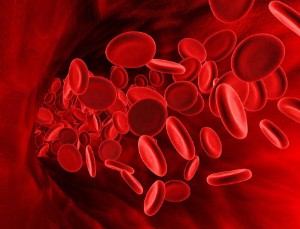What kind of diet is useful for elevated platelets in the blood — 3 important rules
 The state of the cardiovascular system is a key factor affecting all systems, organs and processes of the body without exception.
The state of the cardiovascular system is a key factor affecting all systems, organs and processes of the body without exception.
In addition to the correct operation of the organs responsible for blood circulation and blood supply to the body, it is important to pay attention to the composition of the blood. Its unique properties are associated with the ability to change the cellular composition very quickly under the influence of external and internal factors.
One of the significant indicators of blood composition is the number of platelets, due to the action of which blood clotting occurs. Human health can only provide optimal platelet levels. Their level is especially dangerous if it is too high.
Their increased content (called thrombocytosis) causes increased blood viscosity , increase in hemoglobin and may even lead to thrombosis, which in certain cases is fraught with varying severity of outcomes up to lethal.
According to some studies, the platelet count in the blood can be regulated by changing your daily diet, including and excluding certain foods from it. We will talk about this in this article.
Content
Factors influencing platelets
The level of platelets in the blood is influenced by many factors, including:
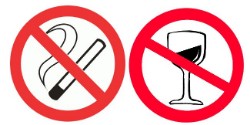
- The presence of a disease that provokes thrombocytosis;
- The presence of bad habits (first of all, the danger is associated with alcohol consumption and smoking);
- Nutrition.
Diet has a huge impact on the platelet count in blood plasma. Some products reduce and normalize it, others lead to an increase.
Capable Boost platelets , first of all, foods with a high carbohydrate content, during the digestion of which urea is released – it helps to increase them.
3 nutrition rules to reduce their levels
To normalize the platelet count, it is important to plan your diet in a certain way.
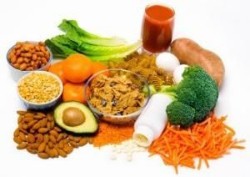
- First of all, it is necessary to take care of the diet, that is, to ensure daily meals at the same time throughout the day, taking into account individual characteristics, needs and distribution of proteins, fats and carbohydrates.
- Secondly, it is necessary to abandon, as mentioned earlier, foods containing large amounts of carbohydrates and fats.
- Third, include in the diet certain categories of foods that reduce and normalize platelet levels, contain iodine and organic acids.
In addition, it is important to ensure the consumption of 1-2 liters of clean drinking water daily. Water consumption also contributes to the gradual Blood thinning .
When planning a diet, including to reduce and normalize the number of platelets in the blood, it is necessary to consult with an observant general practitioner, and also take into account individual characteristics, needs and intolerances of the body.
Permitted products
Platelet-lowering products include the following iodine-containing products:

- Marine plants - seaweed, seaweed, chukka salad;
- Seafood - mussels, oysters, octopuses, etc. (to a lesser extent &8212; fish);
- Nuts - walnuts, hazelnuts, brazil nuts;
- Fruits - feijoa is the most valuable fruit available to residents of Russia in terms of the amount of iodine contained;
Products containing organic acids:
- Berries - blueberries, cranberries, currants, lingonberries, cloudberries;
- Fruits, vegetables and citrus fruits (with the exception of some, for example, bananas).
Prohibited products
The foods that should definitely be excluded from the diet include the following:

- Alcohol - multiple times increases the risk of thrombosis ;
- Porridge - because they contain a large amount of carbohydrates;
- Smoked foods - high content of fats and carbohydrates, oxidants;
- Bananas - high carbohydrate content;
- Carbonated sugary drinks;
- Sweet pastries and other baked goods;
- Sugar.
Other methods
Nutrition plays a key role for the normal platelet count in the blood, but it is also important to provide other conditions. To do this, you can use various methods, among which the following are presented:
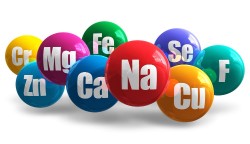
- Vitamins - blood thinning is promoted primarily by vitamins such as E, B6, C, their intake in the form of drugs should be coordinated with a doctor;
- Medical preparations - blood thinning drugs are suitable, but it is necessary to choose and take medications only after mandatory consultations with a doctor who knows the topic and is able to recognize both low-grade and dangerous medicines for the patient's health;
- Folk remedies:
- To lower platelets, there is a time-tested recipe: 200 grams of vodka is infused on 2 peeled garlic heads, the tincture is stored in a dark, cool place and taken one teaspoon at 2 doses during the day;
- In addition, cocoa will help to lower their level. It is recommended to take it on an empty stomach, cook it on water and in no case add sugar;
- In addition, ginger tincture is effective. For cooking, you will need a tablespoon of grated dry ginger, boiling water, sugar can be added for taste, but no more than one cube, besides, preference should be given to cane rather than beetroot, since its production is less related to the chemical industry and is more based on the use of natural raw materials.
Thus, normalization of platelet count involves an integrated approach that includes such components as:
- Healthy lifestyle, giving up bad habits, engaging in physical activity;
- Consumption of sufficient clean drinking water (1.5-2 liters per day);
- Proper nutrition, which includes following the rules for eating and including the necessary food groups in the diet, as well as the exclusion of harmful products (uncontrollably raising platelets);
- Support for treatment with vitamins, drugs and folk remedies.
Useful video
We recommend you to read this video:
;
Conclusion
Proper nutrition and a healthy lifestyle can improve blood composition, protect a person from the onset of critical situations, significantly prolong life and ensure active longevity in the future.
